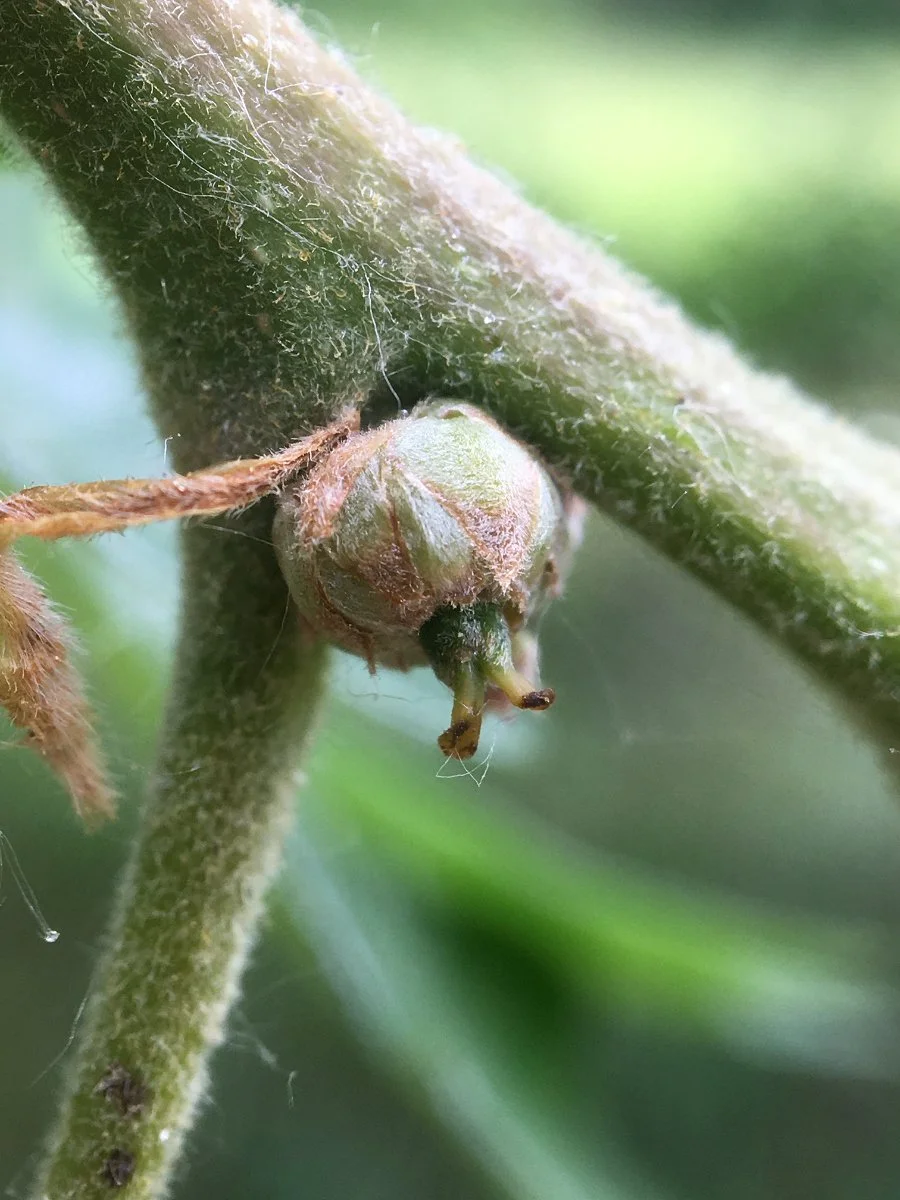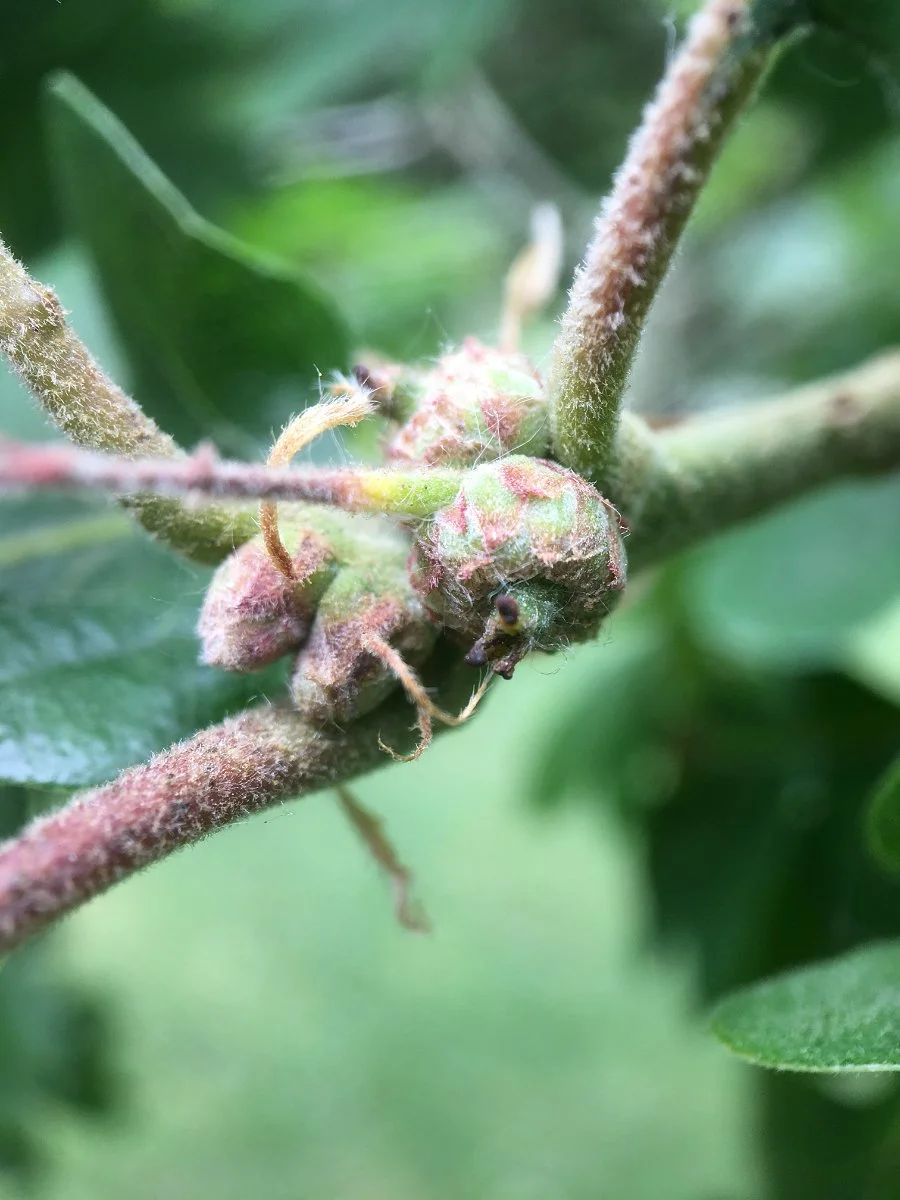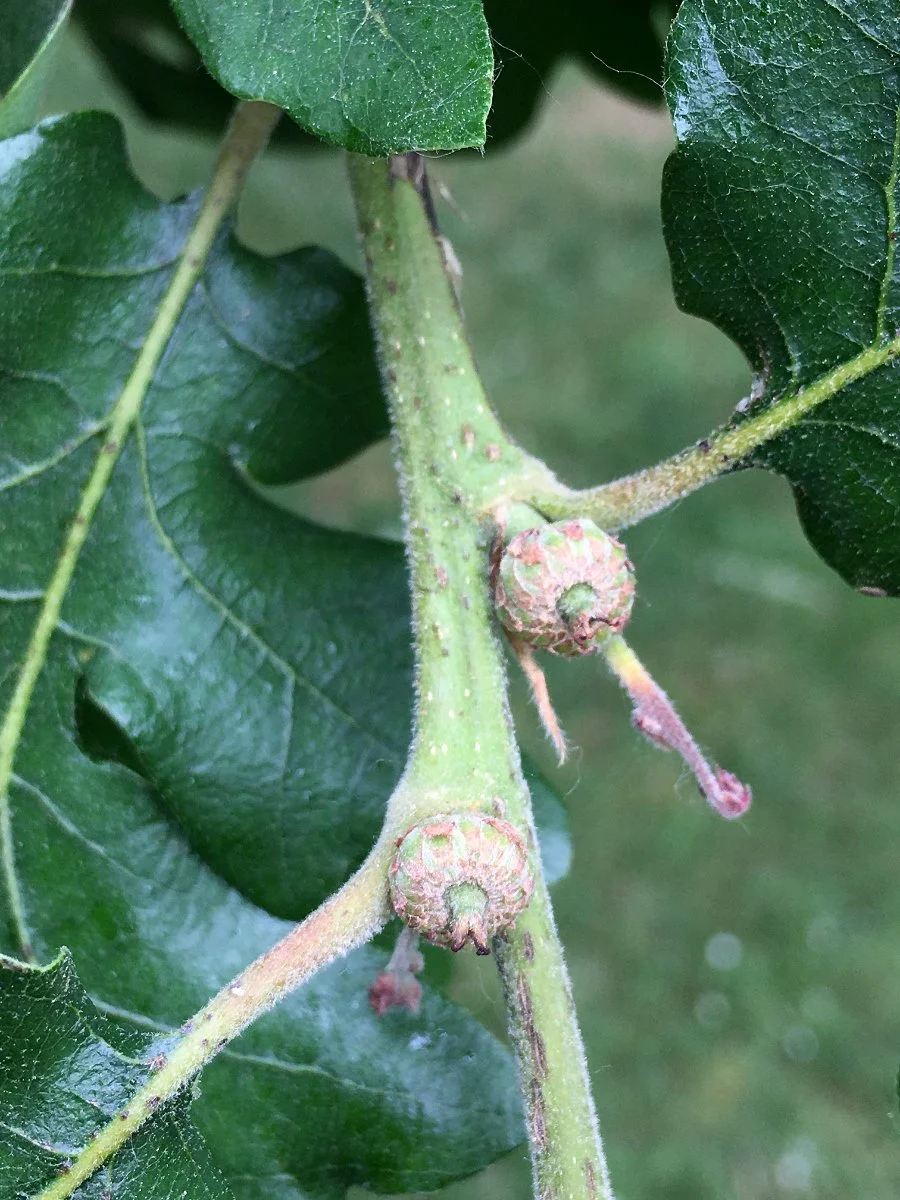The Common Yellowthroat is a beautiful bird. The male has an olive-brown body with a striking, black mask that is bordered by a bright yellow throat below and a brush of white above. The female is elegant with an olive-brown body and a gentle yellow wash on her throat, breast, and under tail.
Sometimes this bird is tricky to see. It likes open areas with thick, low vegetation. It usually stays concealed as it shuffles through tall grass, thickets of blackberry, and low-growing shrubs of the meadow. It’s fond of the area past the old Quonset hut in the bristly fields of teasel I call Teaseltown. That is the plant you see it perched on in the photos.
While you patiently wait for a glimpse of this magnificent warbler, listen for its rhythmic, fluid song that Peterson describes as a “bright rapid chant, witchety-witchety-witchety-witch.”
The Common Yellowthroat has a pointy bill that is excellent for gleaning all the nooks and crannies of leaves, bark, branches, etc. Its diet includes spiders and a variety of insects, such as flies, beetles, ants, termites, bees, wasps, grasshoppers, dragonflies, damselflies, moths, butterflies, caterpillars, and other larvae.
In the margin on the website All About Birds, it lists other common names which I think are interesting and fun: Mascarita Común (Spanish) and Paruline masquée (French).
Nature is an inexhaustible source of wonder. I look forward to seeing you out there.
Resources
Common Yellowthroat Overview, All About Birds, Cornell Lab of Ornithology. https://www.allaboutbirds.org/guide/Common_Yellowthroat/overview. Accessed 25 June 2023.
Peterson, Roger Tory, et al. Peterson Field Guide to Birds of Western North America. 4th ed, Houghton Mifflin Harcourt, 2010.


























































